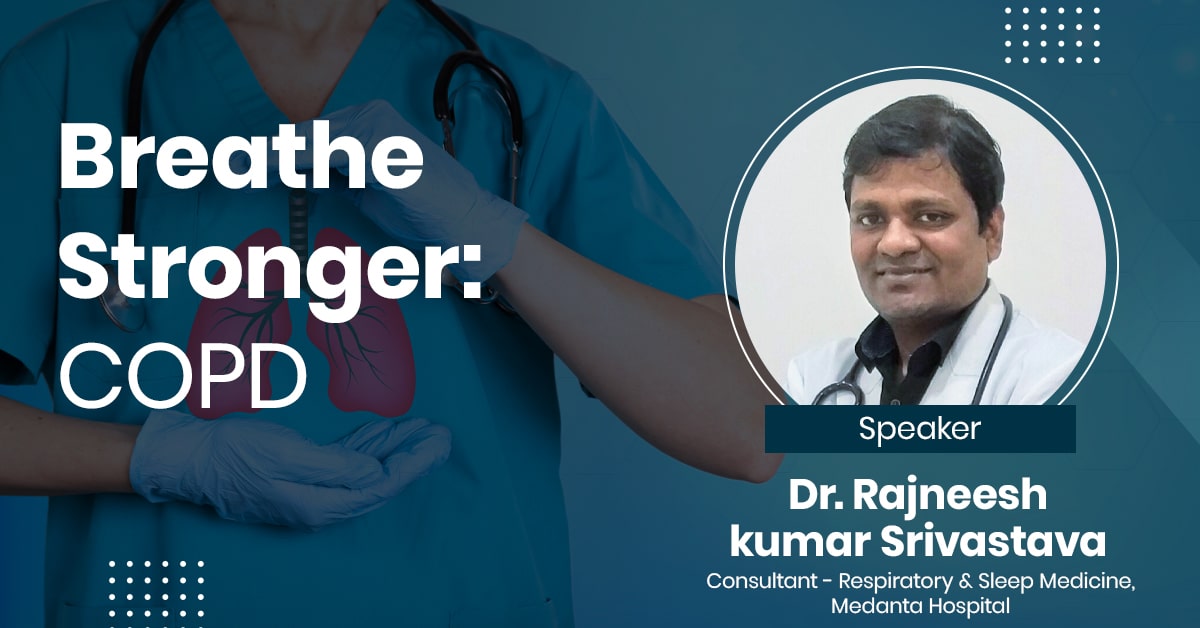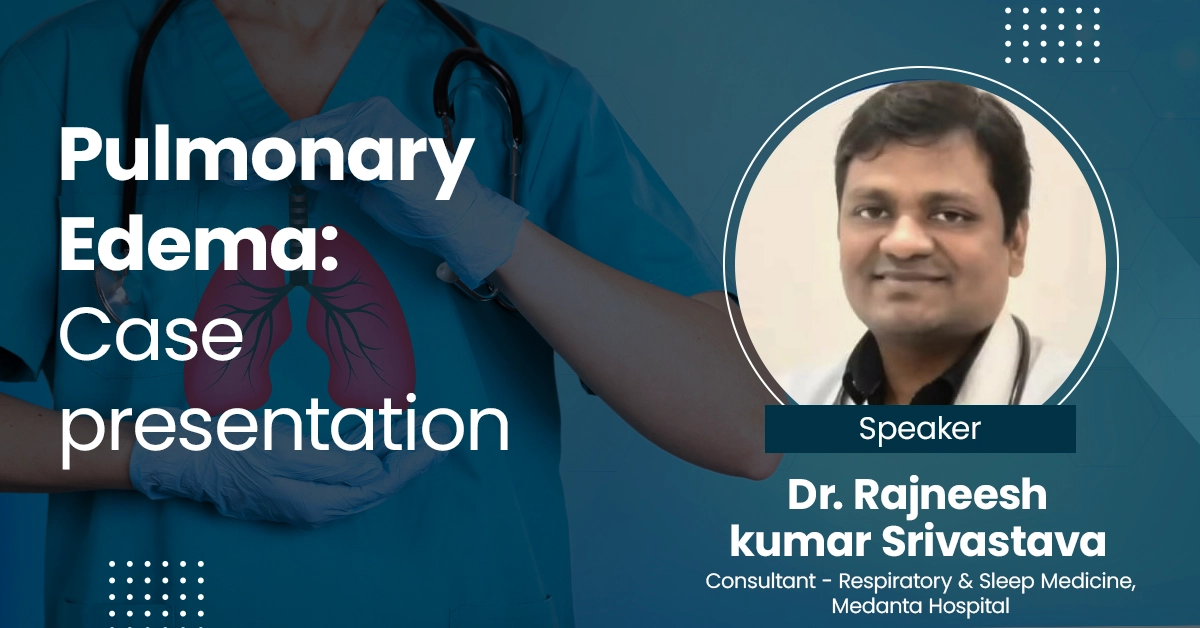- 154.8k views
Pulmonary Edema: Case presentation
Pulmonary edema is a medical condition characterized by the accumulation of fluid in the lungs. It can be a life-threatening condition and requires prompt medical attention. It is often caused by an underlying medical condition or as a result of heart failure. When pulmonary edema occurs, the lungs become filled with fluid, making it difficult to breathe. The excess fluid in the lungs interferes with the exchange of oxygen and carbon dioxide, leading to respiratory distress. Acute pulmonary edema can develop rapidly and requires immediate medical intervention. The most common cause of pulmonary edema is congestive heart failure, where the heart is unable to pump blood effectively. Other causes include kidney failure, pneumonia, exposure to high altitudes, and certain medications. Pulmonary edema can also be a complication of a heart attack or a heart valve disorder. The symptoms of pulmonary edema include shortness of breath, rapid breathing, coughing, wheezing, and chest pain. In severe cases, the patient may experience a frothy pink sputum and have a bluish tint to the lips and skin due to inadequate oxygenation. Diagnosis of pulmonary edema is typically done through a combination of physical examination, medical history review, and imaging tests such as chest X-ray or echocardiography. Treatment of pulmonary edema aims to remove the excess fluid from the lungs and address the underlying cause.
About the Speaker

Dr. Rajneesh kumar Srivastava
Consultant - Respiratory and Sleep Medicine, Medanta Hospital
Upcoming Case Discussions
Impact of Endometriosis on Fertility
Endometriosis, a condition where endometrial-like tissue grows outside the uterus, can significantly impact fertility. It causes inflammation, scarring, and adhesions that may distort pelvic anatomy, block fallopian tubes, and impair ovarian function. Endometriosis is also linked to hormonal imbalances and poor egg quality, reducing the chances of conception. Symptoms like chronic pelvic pain and painful intercourse further complicate fertility. Diagnosis often requires laparoscopy, while management includes pain relief, hormonal therapy, and assisted reproductive techniques like IVF. Early intervention with medical or surgical treatment can improve reproductive outcomes, but severe cases may necessitate advanced fertility treatments for conception.
Hyperlipidemia: From Diagnosis to Treatment
Hyperlipidemia is a condition characterized by elevated levels of lipids, such as cholesterol and triglycerides, in the blood, which can increase the risk of cardiovascular diseases. Diagnosis typically involves blood tests measuring lipid profiles, while treatment focuses on lifestyle changes, such as diet and exercise, alongside medications like statins to manage cholesterol levels and reduce cardiovascular risk. Regular monitoring is essential for effective management and prevention of complications.
Acne: Disorders and Treatment Approaches
Acne is a common dermatological condition caused by clogged pores, excess sebum production, bacterial growth, and inflammation. It can manifest as blackheads, whiteheads, papules, pustules, or cysts, often leading to scarring if untreated. Various factors, including hormonal changes, diet, stress, and genetics, influence its severity. Treatment approaches range from topical and oral medications, such as retinoids, antibiotics, and hormonal therapy, to advanced procedures like chemical peels and laser therapy. A personalized skincare regimen, along with lifestyle modifications, plays a crucial role in managing and preventing acne.
Lung Ultrasound in Acute Respiratory Failure
Lung ultrasound has emerged as a vital, non-invasive tool in the rapid assessment of acute respiratory failure. It provides real-time imaging to differentiate conditions like pneumonia, pulmonary edema, pneumothorax, and pleural effusion with high accuracy. Compared to traditional chest X-rays, lung ultrasound offers superior sensitivity, especially in critically ill patients where bedside evaluation is crucial. Its ability to guide immediate clinical decisions improves patient outcomes and reduces unnecessary radiation exposure. With standardized protocols like the BLUE (Bedside Lung Ultrasound in Emergency) protocol, it enhances diagnostic efficiency in emergency and ICU settings.
Gallstone Disease & Cholecystitis: When to Operate?
iGallstone disease and cholecystitis are common conditions requiring careful evaluation to determine the need for surgery. Symptomatic gallstones causing recurrent pain, nausea, or complications like cholecystitis often necessitate cholecystectomy. Acute cholecystitis, characterized by inflammation, fever, and right upper quadrant pain, typically requires early surgical intervention to prevent complications like perforation or sepsis. In high-risk patients, conservative management with antibiotics and drainage may be considered. Elective surgery is recommended for asymptomatic patients with high-risk factors, such as large gallstones or gallbladder polyps, to prevent future complications.








